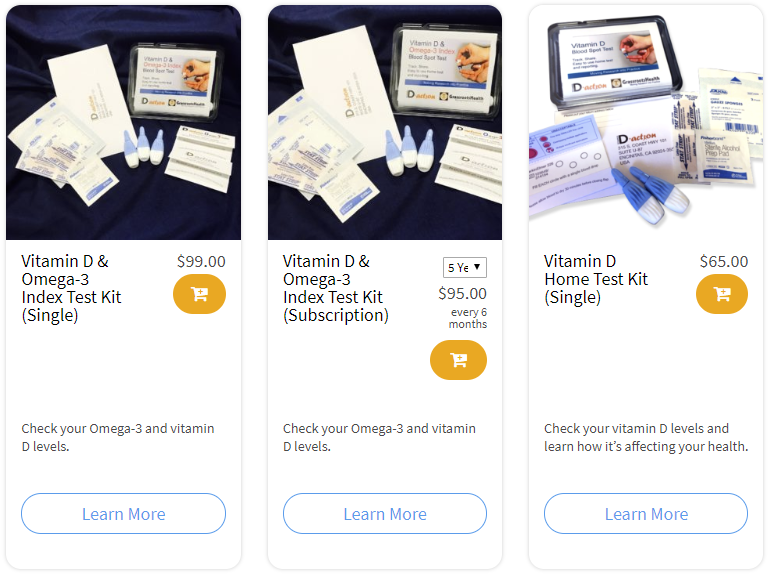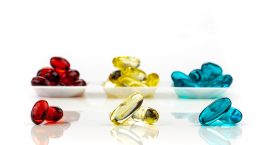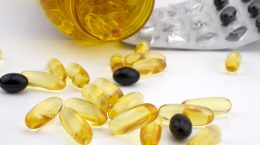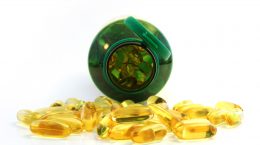Published on December 4, 2019
In previous blog posts about our recently published analysis using YOUR omega-3 data, we shared the following key findings:
 Key finding #1: neither following the American Heart Association guidelines of consuming 1-2 seafood meals per week (without additional supplementation of EPA+DHA), nor taking an omega-3 supplement with insufficient EPA+DHA is likely to produce an Omega-3 Index that is optimal for health (8% or higher).
Key finding #1: neither following the American Heart Association guidelines of consuming 1-2 seafood meals per week (without additional supplementation of EPA+DHA), nor taking an omega-3 supplement with insufficient EPA+DHA is likely to produce an Omega-3 Index that is optimal for health (8% or higher).
Key finding #2: Approximately 1,300 mg per day of EPA+DHA was needed for 50% of the population to achieve and Omega-3 Index of 8% (~1,900 mg per day was needed for 90% of the population).
Key finding #3: On average, the amount of EPA+DHA in krill oil supplements was about 80% less than the amount in fish oil supplements.
In today’s blog we will explore how to identify how much EPA and DHA an omega-3 supplement has and how to be sure you are taking the full serving size.
EPA+DHA content in supplements used by GrassrootsHealth participants
GrassrootsHealth participants use a wide variety of EPA+DHA (marine/algal) supplement products. In fact, more than 400 different supplement products were used among the 1092 GrassrootsHealth EPA+DHA supplement users in our study!
Even more surprising to us was how much the amount of EPA+DHA in one serving (based on the product label) differed among the supplement products: 50 to 3,570 mg! The amount of EPA+DHA needed for 50% of our study population to achieve and Omega-3 Index of 8% (~1,300 mg) was found in a single serving of only 14% of supplement products. Furthermore, 7% of products did not provide the amount of EPA and/or DHA on their supplement label.
How much EPA and DHA is in my omega-3 supplement?
Supplement labels may have amounts for many different ingredients on them. It is often difficult to know which numbers are important! It is useful to identify the combined amount of EPA and DHA in a supplement product since these long-chain omega-3s have been linked to numerous health benefits and are measured by the Omega-3 Index. On the example nutrition label below, the amount of EPA is 170 mg and the amount of DHA is 200 mg per serving, totaling 370 mg of EPA+DHA. Note that this is NOT equivalent to the amount of cod liver oil (2 g) nor the amount of total omega-3 fatty acids (460 mg) listed on the label, which are often the numbers advertised on the front of the product (and higher than the amount of EPA+DHA so without careful inspection, you may think you are getting more than you actually are).
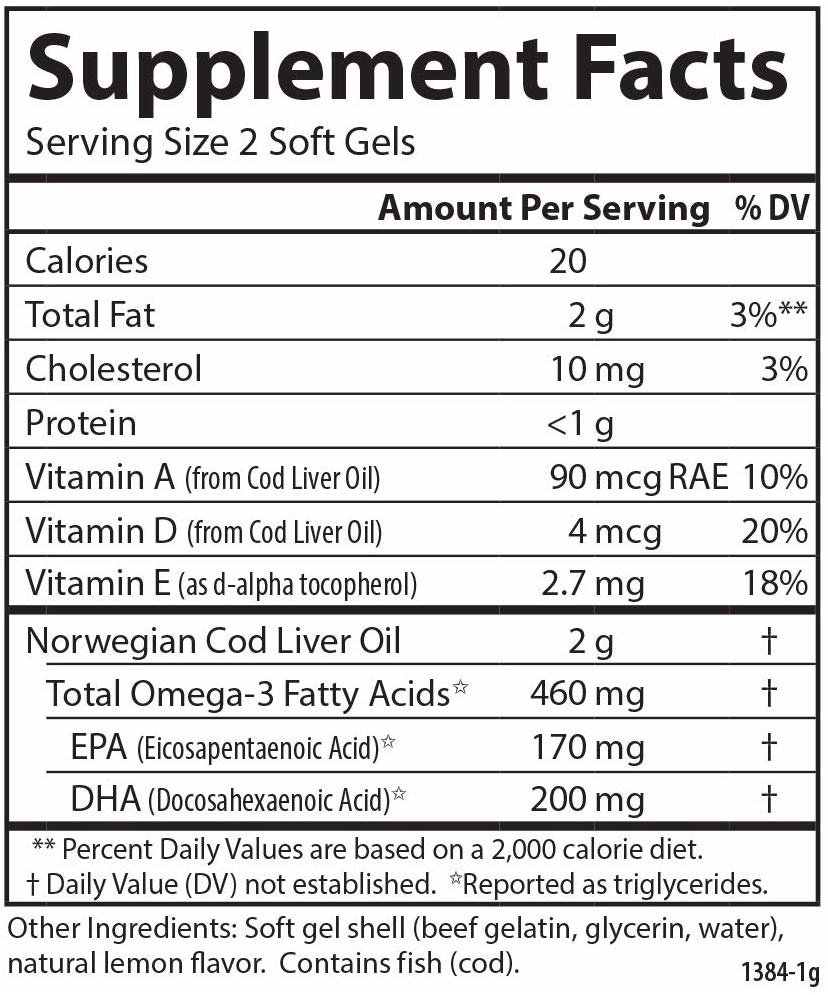
Another important piece of information to identify on the nutrition label is the serving size amount. In the example above, the serving size is 2 soft gels. Therefore, if an individual was taking just one then they would be getting half of the listed EPA+DHA amount. Among GrassrootsHealth participants using EPA+DHA supplements, 38% took less than one serving (as indicated on the product label) and for some this may have been unintentional.
Following the “directions” on supplement labels is also important. For the example supplement above, the directions say “take two soft gels once daily at mealtime” (not shown on the picture). Taking EPA+DHA supplements with a fatty meal is important for maximum absorption of many fish oil supplements. Krill oil supplements and triglyceride-based fish oils do not need to be consumed with a fatty meal because they contain of phospholipids which aid absorption.
If you discover that your omega-3 supplement has insufficient EPA+DHA per serving to allow you to achieve your desired Omega-3 Index, we encourage you to use the Omega-3 Calculator to determine an estimated amount of how much more EPA+DHA you will need. Some ways to increase your EPA+DHA intake are to take more than one serving per day of your current supplement (33% of GrassrootsHealth participants do), switch to a supplement with higher EPA+DHA content, take more than one supplement (14% of GrassrootsHealth participants do), or add more fatty fish to your diet.
In the next blog in this series we will take a look at the EPA and DHA content in seafood.
Are you getting enough omega-3 fatty acids?
Is your dietary and supplemental intake of omega-3s enough to ensure an Omega-3 Index of at least 8%? Make sure you also know your vitamin D level (with a target of 40-60 ng/ml or 100-150 nmol/L). Find out your levels today! Visit the test selection page (click the link below) to get your tests and see for yourself if your level can be improved.
Make sure you track your results before and after, about every 6 months!
Click Here to Access the Test Page
How can I track my nutrient intake and levels over time?
To help you track your supplement use and nutrient levels, GrassrootsHealth has created an online tracking system called myData-myAnswers. For each specific supplement, you can track what days you take it, how much, and many other details. This will help you know your true supplemental intake and what patterns of use work for you to reach and maintain optimum nutrient levels. Check it out today!


